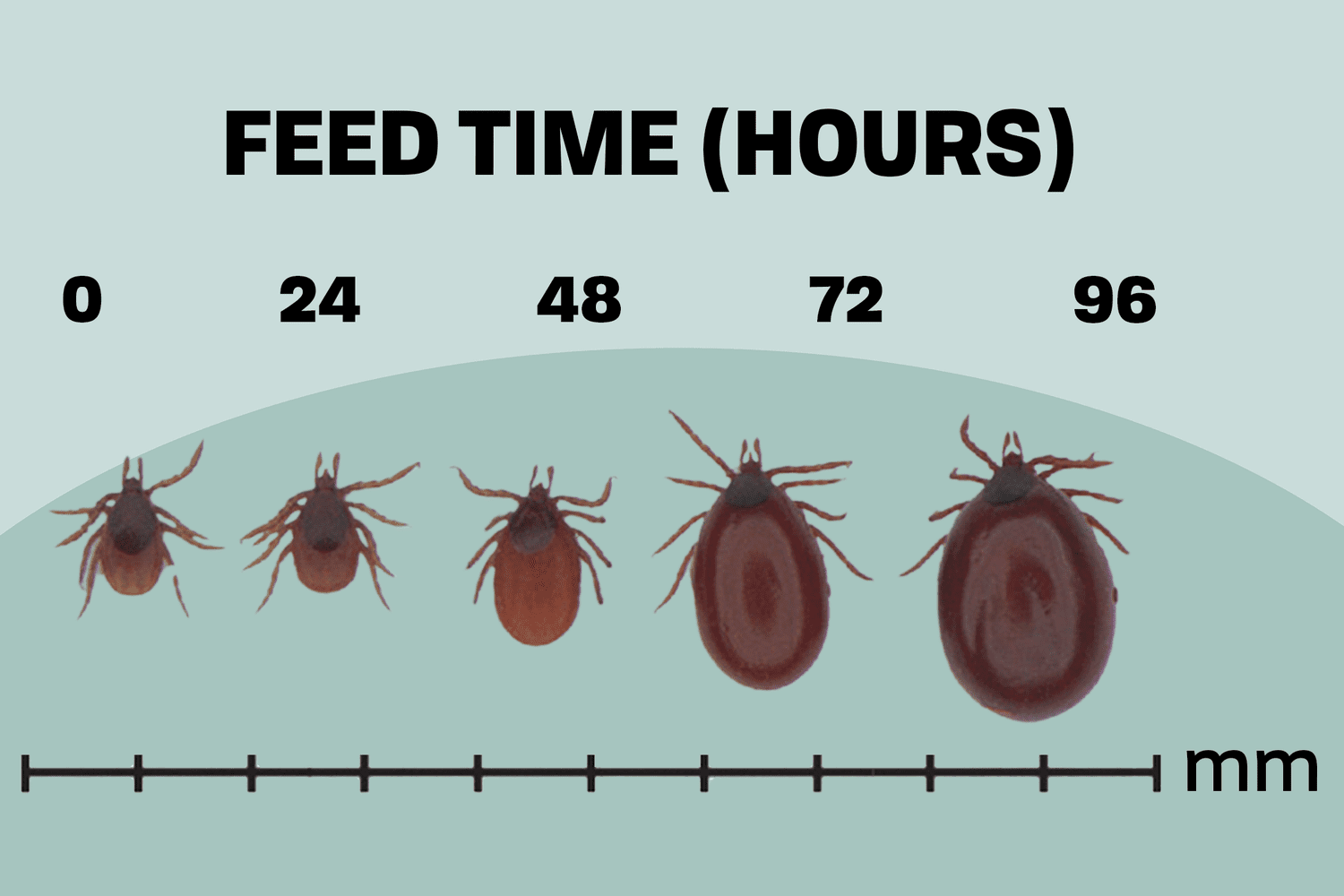What are ticks?
Ticks are common parasites that infest dogs, causing discomfort and potentially transmitting harmful diseases. As a pet parent, it is important to understand how ticks infest dogs and what measures can be taken to prevent these pesky parasites from affecting your furry friend. Ticks are small arachnids that rely on blood to survive. They attach themselves to the skin of animals, including dogs, and feed on their blood. These creatures are often found in grassy and wooded areas, making it easy for dogs to come into contact with them during outdoor activities.
How do they infect dogs?
Ticks can infest dogs in various ways. They can latch onto your dog’s fur and then crawl their way to the skin, searching for a suitable feeding spot. Additionally, ticks can be transferred from one dog to another through direct contact or by sharing items such as bedding or toys.
How to avoid ticks?
To avoid tick infestations in your dog, there are several preventative measures that can be taken. Firstly, regular grooming is essential. This includes brushing your dog’s fur and inspecting for any signs of ticks or tick bites. If you notice any ticks, it is crucial to carefully remove them using tweezers or a tick removal tool. Additionally, keeping your dog’s outdoor environments well-maintained can help reduce the risks of tick infestations. This can be done by regularly mowing the lawn, removing any tall grass or brush, and avoiding wooded areas where ticks are commonly found.
Another important preventive step is the use of tick prevention products. These products can be purchased over the counter and come in various forms such as topical treatments, collars, or oral medications. Using these products can help repel ticks and prevent them from attaching to your dog’s skin.
Risk to humans?
Ticks also pose a risk to human health, as they are known to transmit zoonotic pathogens that can cause diseases such as Lyme disease and Rocky Mountain spotted fever.
Steps if infected
If your dog does get tick-related diseases, it is crucial to seek immediate veterinary care.Tick-related diseases can have a range of symptoms, including fever, lethargy, loss of appetite, joint pain, and skin irritations. If you suspect that your dog has been infected with a tick-related disease, it is essential to consult with your veterinarian. They will be able to properly diagnose the disease and provide the appropriate treatment plan. Additionally, your veterinarian may recommend specific medications or antibiotics to treat the tick-related disease in your dog.

This post is like a breath of fresh air amidst the chaos!